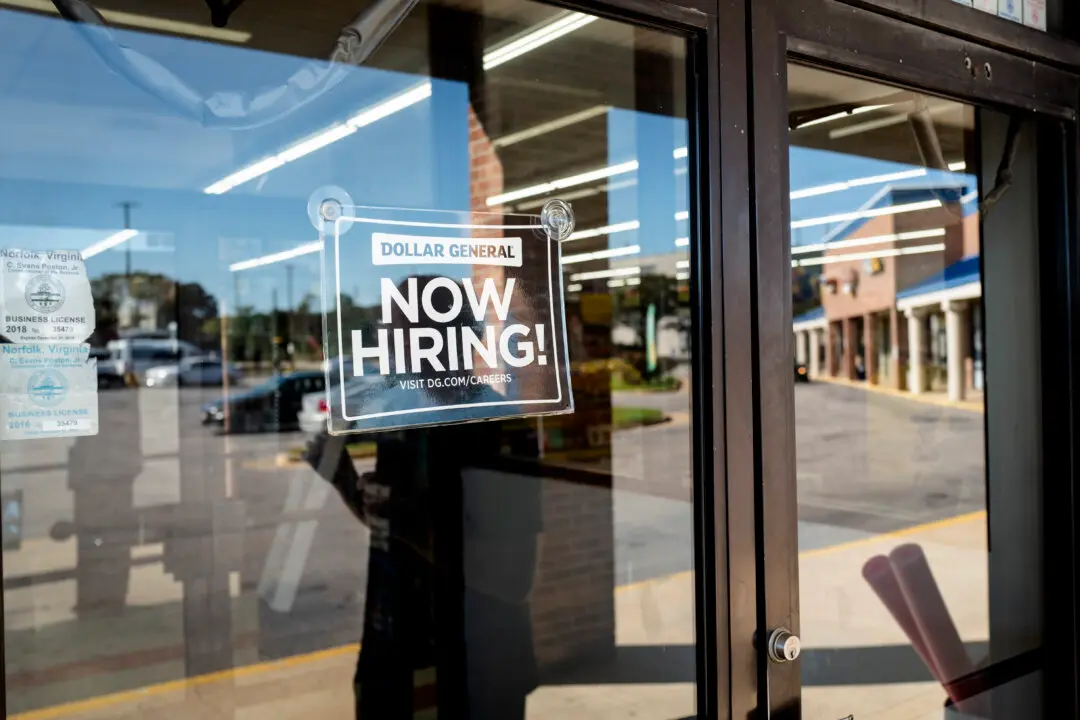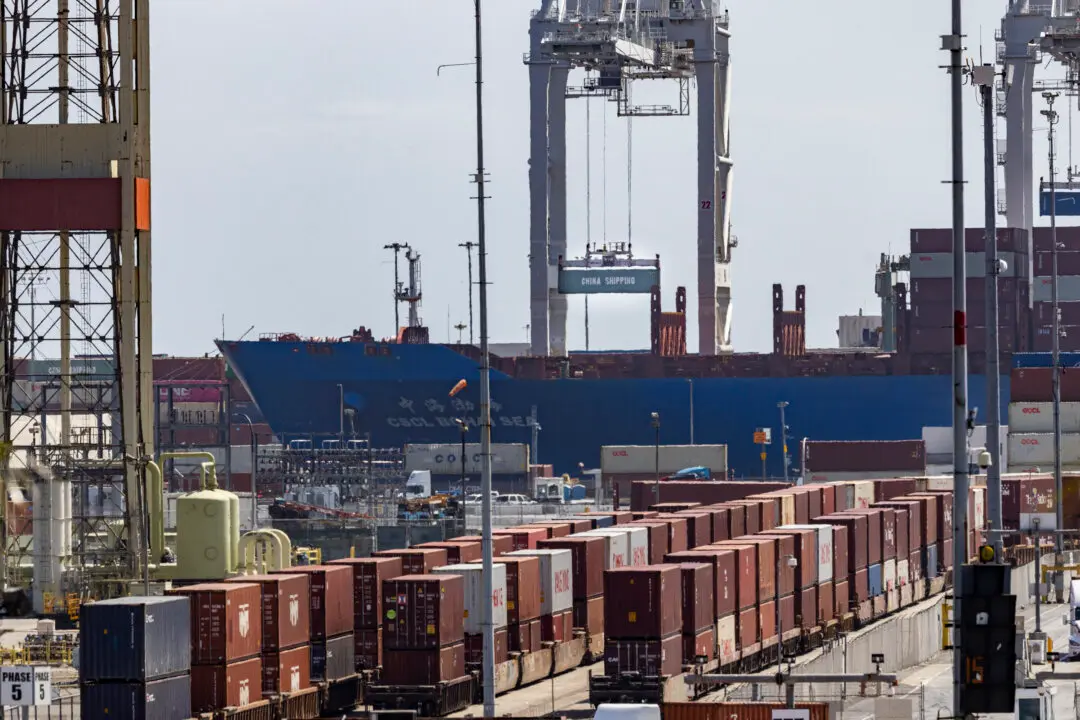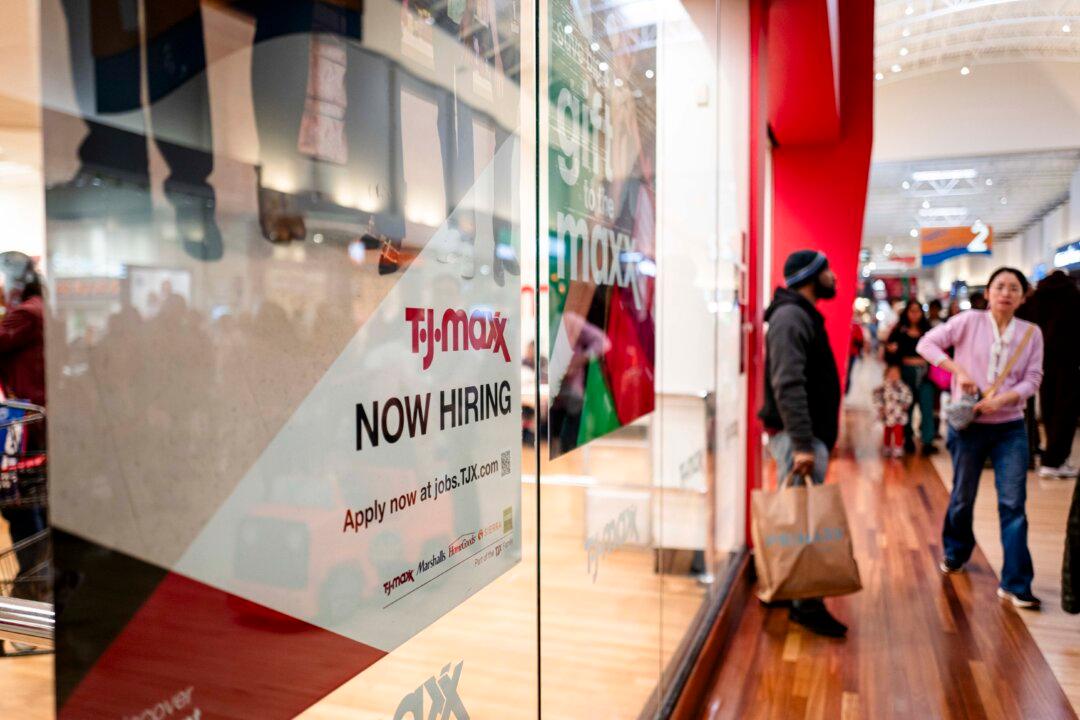The failure of Silicon Valley Bank (SVB) was driven by a “textbook case of mismanagement,” Federal Reserve vice chair of supervision Michael Barr told a Senate hearing.
Appearing before the Senate Banking, Housing, and Urban Affairs on Tuesday, Barr diagnosed the driving force behind the financial institution’s collapse.





